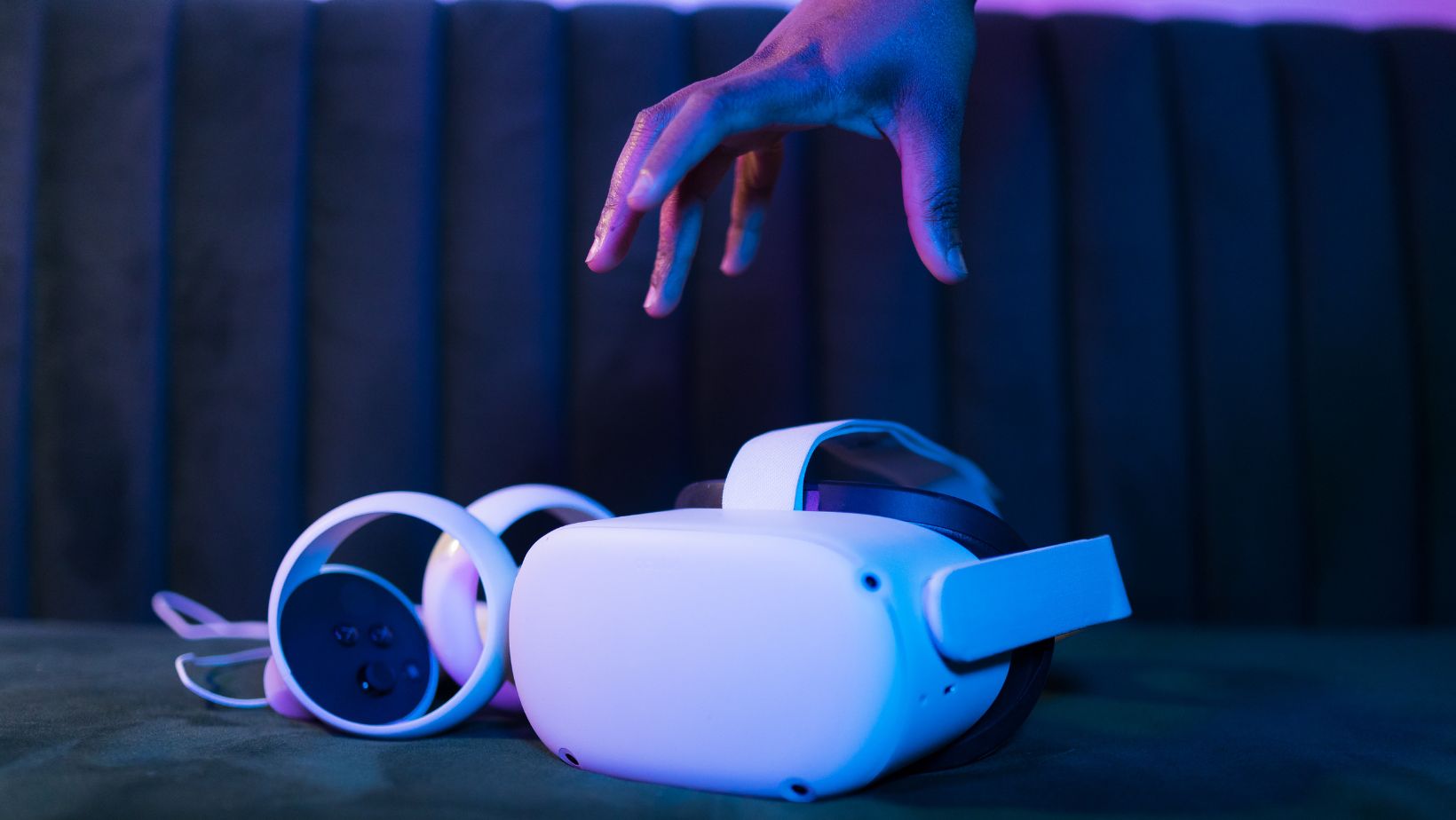When most people hear “Sitecore,” their mind jumps straight to corporate websites or maybe an enterprise-level customer portal. But what if we told you that Sitecore’s capabilities stretch far beyond building beautiful web pages and managing content? Under the hood, Sitecore is a composable digital experience platform (DXP) that powers unexpected and even game-changing digital touchpoints — sometimes in places you’d never expect to see a CMS working.
If you’re exploring Sitecore web development services, you’re already aware of the platform’s robust content management and personalization features. But let’s take a detour from the “top-10-features” lists and shine a light on five surprising Sitecore use cases that go way beyond the brochure.
1. Digital Kiosks: Sitecore in the Physical World
Digital kiosks are everywhere — shopping malls, airports, museums, and even city streets. What few realize is that Sitecore is increasingly the engine behind these interactive touchpoints. Why?
Modern kiosks need more than static content. They demand dynamic personalization, real-time integration with backend systems, localization, analytics, and a seamless editorial workflow. Sitecore delivers all of this out of the box.
Example:
A global retail brand uses Sitecore to power touch-screen product advisors in their flagship stores. The content displayed adapts to the time of day, trending products, inventory levels, and even customer profiles captured via loyalty cards. Editors manage the experience from the same platform as the main website — rolling out campaigns simultaneously online and in-store. Sitecore’s analytics feed real-time customer journey data to marketing teams, enabling data-driven optimizations in both digital and physical channels.
Why it matters:
Sitecore-powered kiosks bridge the digital and physical, creating cohesive omnichannel journeys — and unlocking real-world data to fuel smarter campaigns.
2. IoT Dashboards: Orchestrating Devices, Data, and Human Experiences
Internet of Things (IoT) solutions aren’t just for industrial factories or smart homes anymore. Enterprises are building interactive IoT dashboards for customers, partners, and employees — often leveraging Sitecore as the presentation and orchestration layer.
With its powerful personalization engine, API-first approach, and modular content structure, Sitecore becomes the digital “hub” for aggregating IoT sensor data, presenting actionable insights, and even triggering real-time notifications or workflows.
Example:
A smart city initiative integrates traffic cameras, parking sensors, and pollution monitors into a public-facing dashboard. Sitecore manages not only the dashboard content but also personalizes what information is displayed based on user role (citizen, city planner, emergency responder) and location. The result? A tailored digital experience that turns raw IoT data into actionable, relevant intelligence for thousands of users.
Why it matters:
This goes way beyond “content” — Sitecore is powering mission-critical digital tools that put business data in context for human decision-makers.
3. AR/VR Experiences: The New Frontier for Engagement
Augmented reality (AR) and virtual reality (VR) are no longer science fiction. Brands are embracing these technologies to create immersive product experiences, virtual showrooms, interactive tours, and educational simulations. But who’s managing the content and experience logic behind these high-tech wonders? Increasingly, it’s Sitecore.

By leveraging headless Sitecore, brands can centrally manage and personalize 3D models, scene text, and interactive elements — delivering them in real time to AR/VR applications on any device.
Example:
An automotive manufacturer uses Sitecore to deliver a “build your car” AR experience. Users customize their vehicle in real time, controlling every content element — from 3D color options to up-to-date promotions and localized language strings. Marketing can update the AR experience instantly, across markets, from the same dashboard they use for web and mobile.
Why it matters:
Sitecore becomes the single source of truth, ensuring consistent messaging, rapid iteration, and seamless integration between emerging tech and traditional channels.
4. Personalized Offline Marketing: Marrying Digital and Print
Imagine launching a hyper-personalized print campaign, where every brochure, flyer, or catalog is unique to its recipient — yet still part of a broader digital journey. Sitecore’s robust personalization and automation capabilities are making this a reality.
How it works:
Sitecore tracks user behavior online, segments audiences, and triggers custom print collateral generation (using integrations with print-on-demand platforms). Every QR code, coupon, or product recommendation in the print piece is dynamically tailored — driving recipients back into a personalized digital experience.
Example:
A healthcare provider mails wellness reports and reminders to patients, each tailored based on web interactions, health history, and upcoming appointments — synchronized with their online patient portal managed by Sitecore.
Why it matters:
This is true omnichannel: the boundary between online and offline blurs, creating a seamless and data-driven customer journey.
5. Data-Driven Sustainability Dashboards
Sustainability isn’t just a buzzword — companies are expected to report on and communicate their environmental, social, and governance (ESG) progress. Sitecore’s analytics, data integration, and visualization capabilities enable organizations to present real-time sustainability data in engaging, interactive dashboards.
Example:
A manufacturing enterprise deploys a public “sustainability tracker” that shows real-time emissions reductions, water use, and renewable energy stats — pulled from internal systems and surfaced through Sitecore. The dashboard personalizes content for investors, customers, and employees, ensuring each group sees the metrics that matter most.
Why it matters:
It’s not just about telling a story, but showing proof — transparently, interactively, and in a way that’s always up-to-date.
Bonus: How Sitecore Integrates with the Broader Tech Stack
One reason Sitecore enables such a vast range of use cases is its composability and strong integration capabilities. It can work hand-in-hand with other platforms in your digital ecosystem — including ecommerce, CRM, and marketing automation tools.
For instance, if you’re running an online store and want to combine advanced personalization and content marketing with flexible commerce features, you can integrate seamlessly with platforms like Shopify. Many organizations leverage Shopify development services to build robust ecommerce storefronts, then use Sitecore as the engine for personalized content, campaign orchestration, and analytics — across web, mobile, in-store kiosks, and more.
The Takeaway: Sitecore Is Only Limited by Imagination
If your perception of Sitecore stops at “website CMS,” you’re missing the bigger picture. Whether it’s powering smart kiosks in airports, personalizing print and offline experiences, orchestrating AR/VR campaigns, or providing the backbone for IoT and sustainability dashboards, Sitecore is the Swiss Army knife of digital experience platforms.
Thinking about digital transformation? The most successful brands are the ones that see Sitecore not just as a content manager, but as a flexible digital experience orchestrator — capable of unifying and personalizing every touchpoint your customers encounter.
If you’re ready to break the mold and explore how it can transform your digital strategy, explore the full range of Sitecore web development services available from expert partners. The next big digital experience could be just an idea away.
